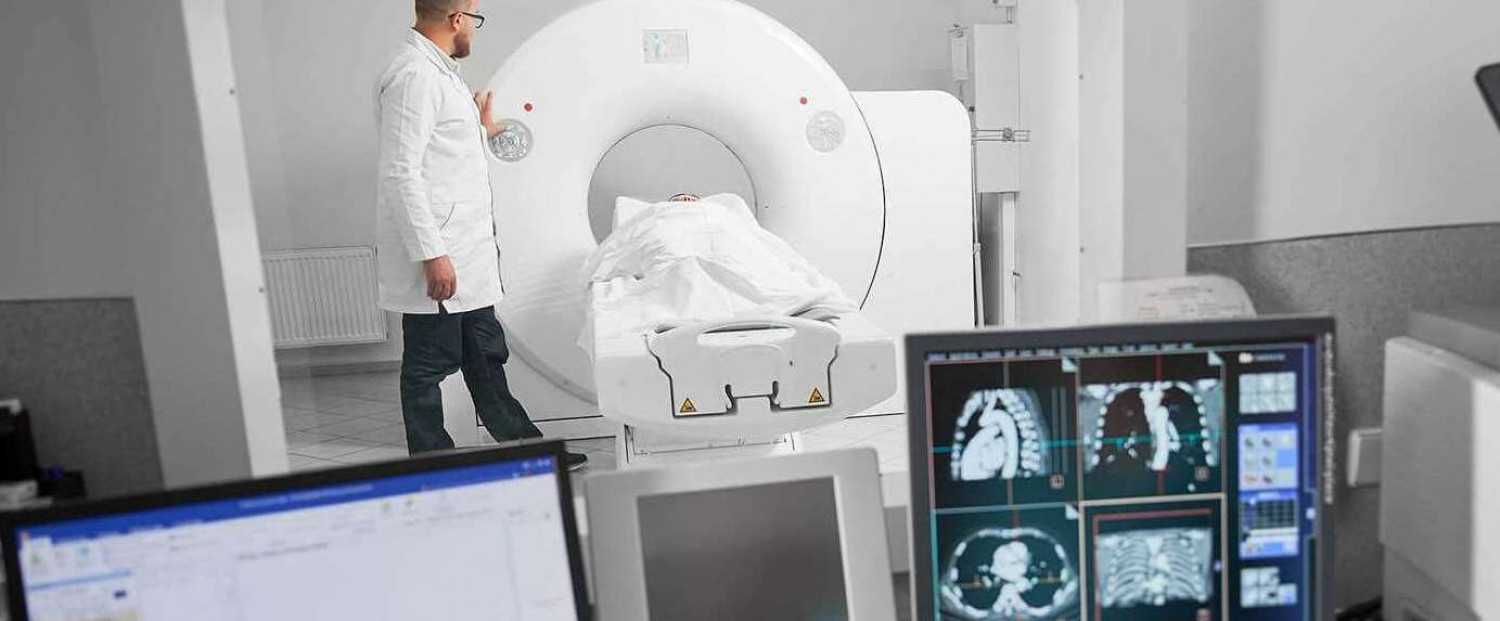

Remarkably Clear Images for Improved Diagnosis
Magnetic Resonance Imaging (MRI)
MRI produces images of the brain, spine, joints and other organs to determine severity of patients injuries and conditions. Magnetic Resonance Angiography (MRA) is used to visualize blood flow in arteries and veins.
When is an MRI used?
ORTHOPEDICS: MRI is used in orthopedics to evaluate bones and joints in order to diagnose arthritis, bone tumors, bone marrow or cartilage problems, torn ligaments or tendons, or infection.
SPINE: MRI studies the discs and nerves of the spine for conditions such as spinal stenosis, disc bulges, and spinal tumors.
BRAIN: MRI examines the brain for tumors, an aneurysm, nerve injury and damage caused by stroke. MRI of the eye studies optic nerves. MRI of the ears studies auditory nerves.
CHEST: MRI of the chest can look at the heart, the valves, and coronary blood vessels. MRI may also be used to look for breast cancer.
ABDOMEN & PELVIS: MRI is used to study the organs and structures in the whole body, such as the liver, gallbladder, pancreas, kidneys, and bladder. It is used to find tumors, bleeding, infection, and blockage. Extra advanced CAD Software is used on the prostate gland for more precise diagnosis.
MRA: Magnetic Resonance Angiography (MRA) uses MRI to evaluate blood vessels and the flow of blood through them. It examines the arteries and veins to diagnose an aneurysm, a blocked blood vessel, or the torn lining of a blood vessel (dissection).
